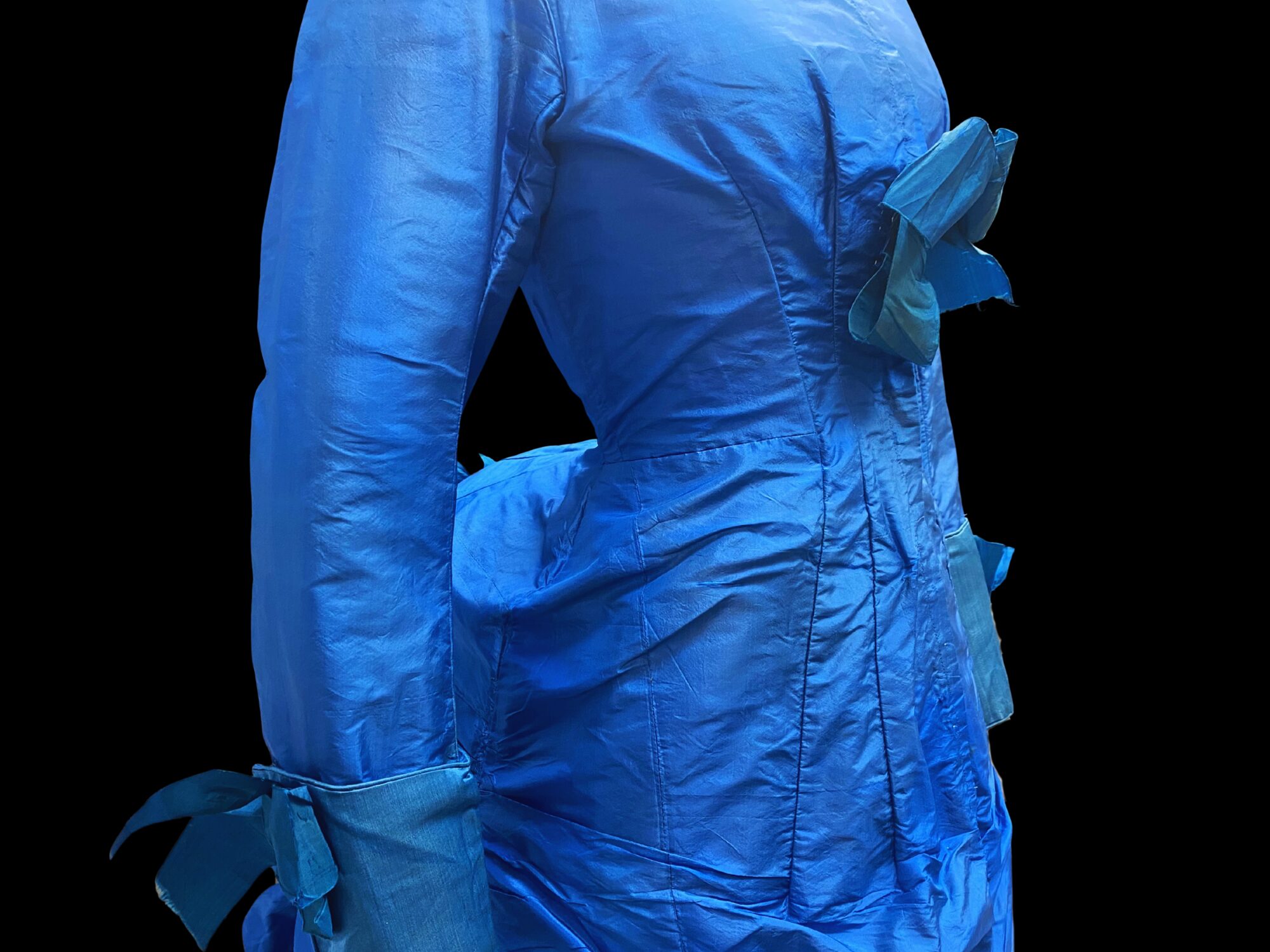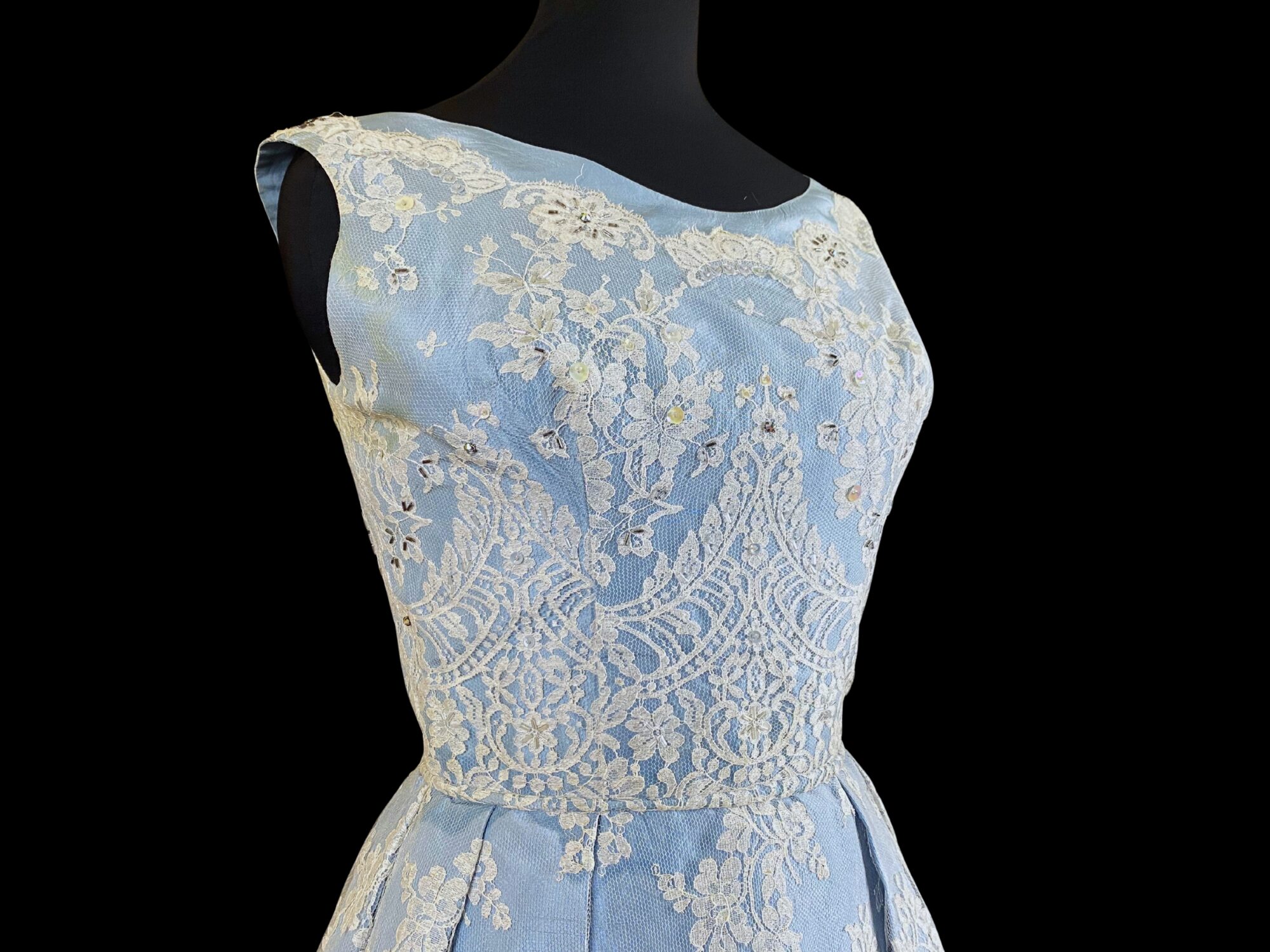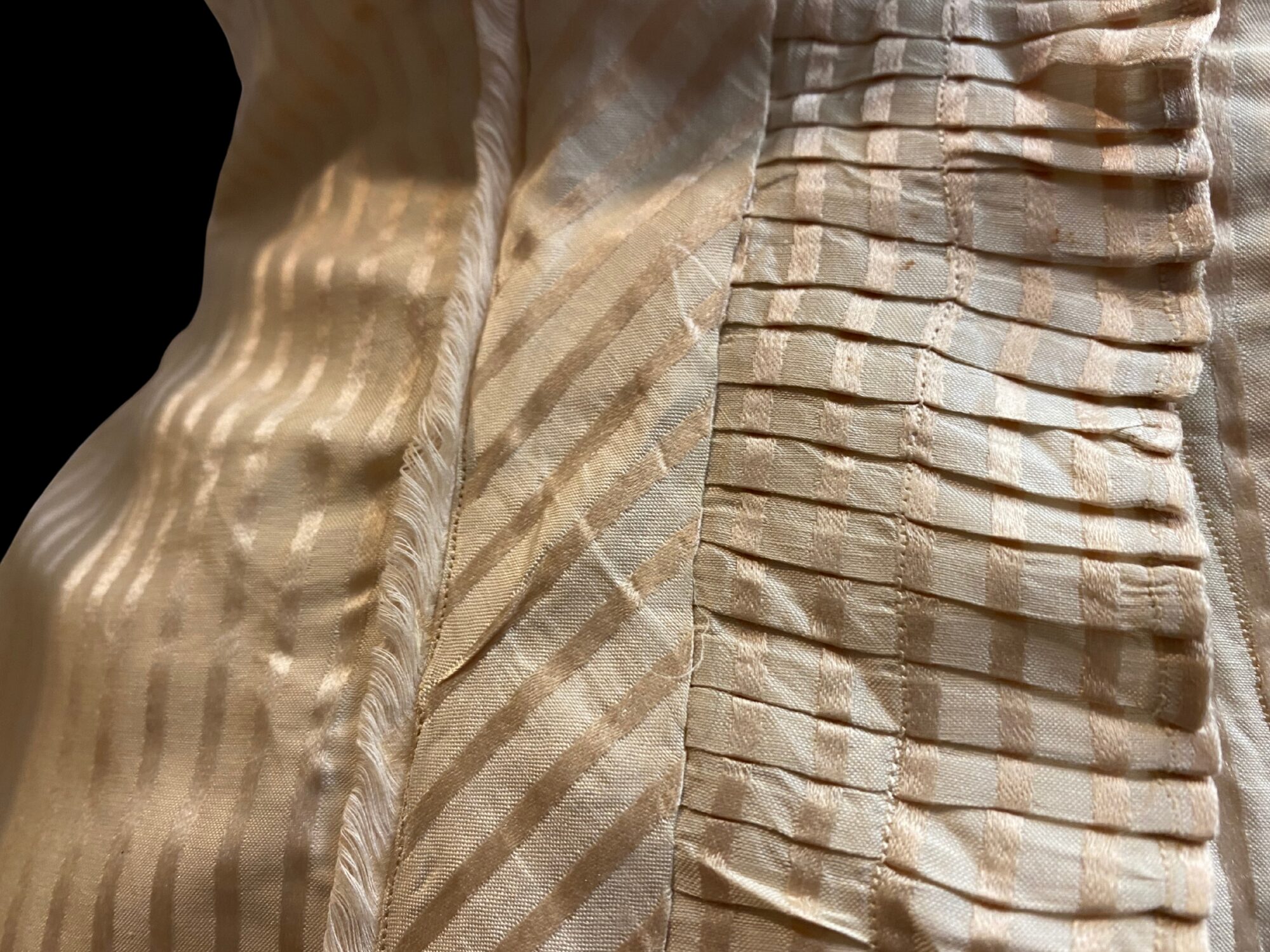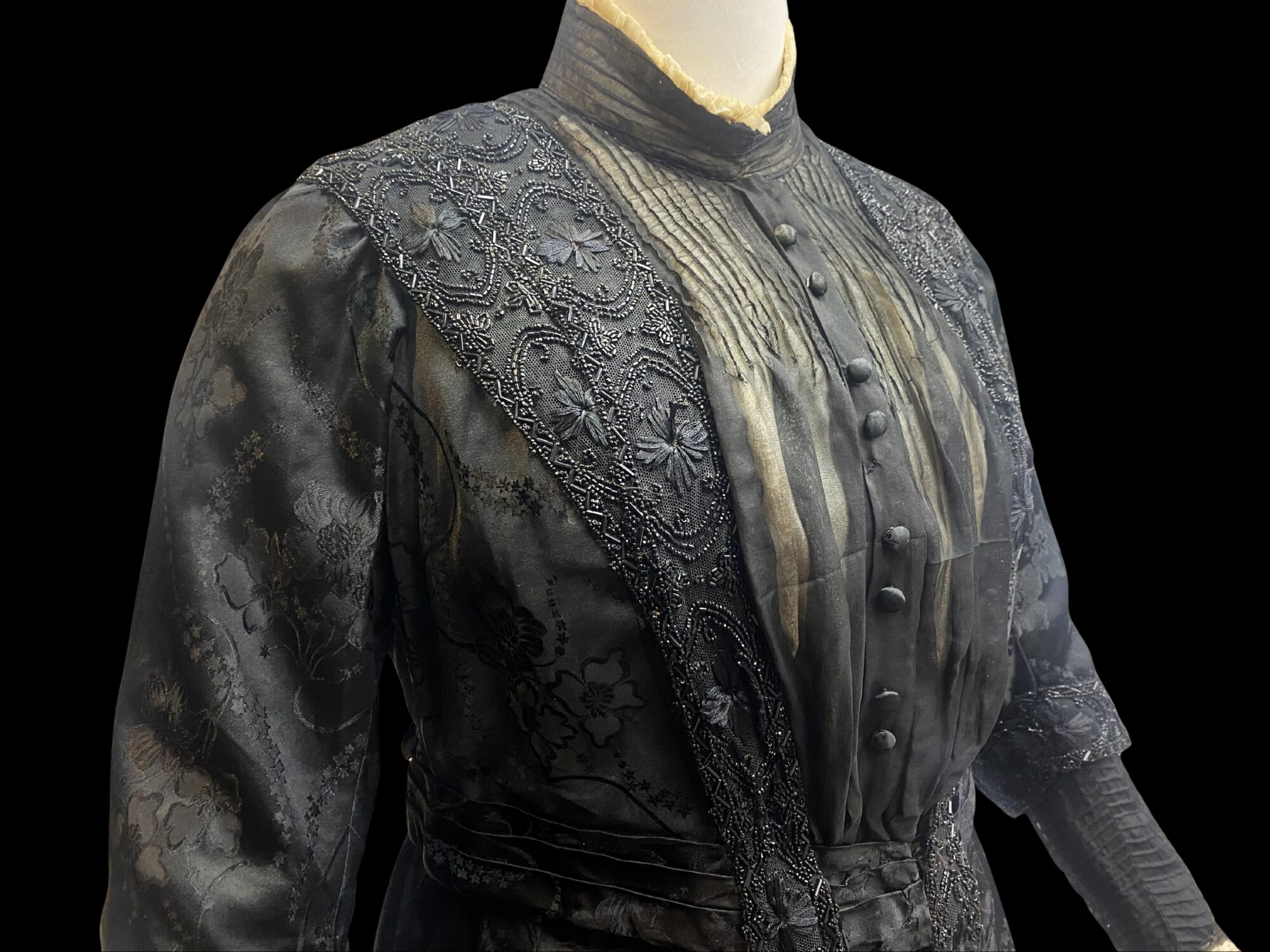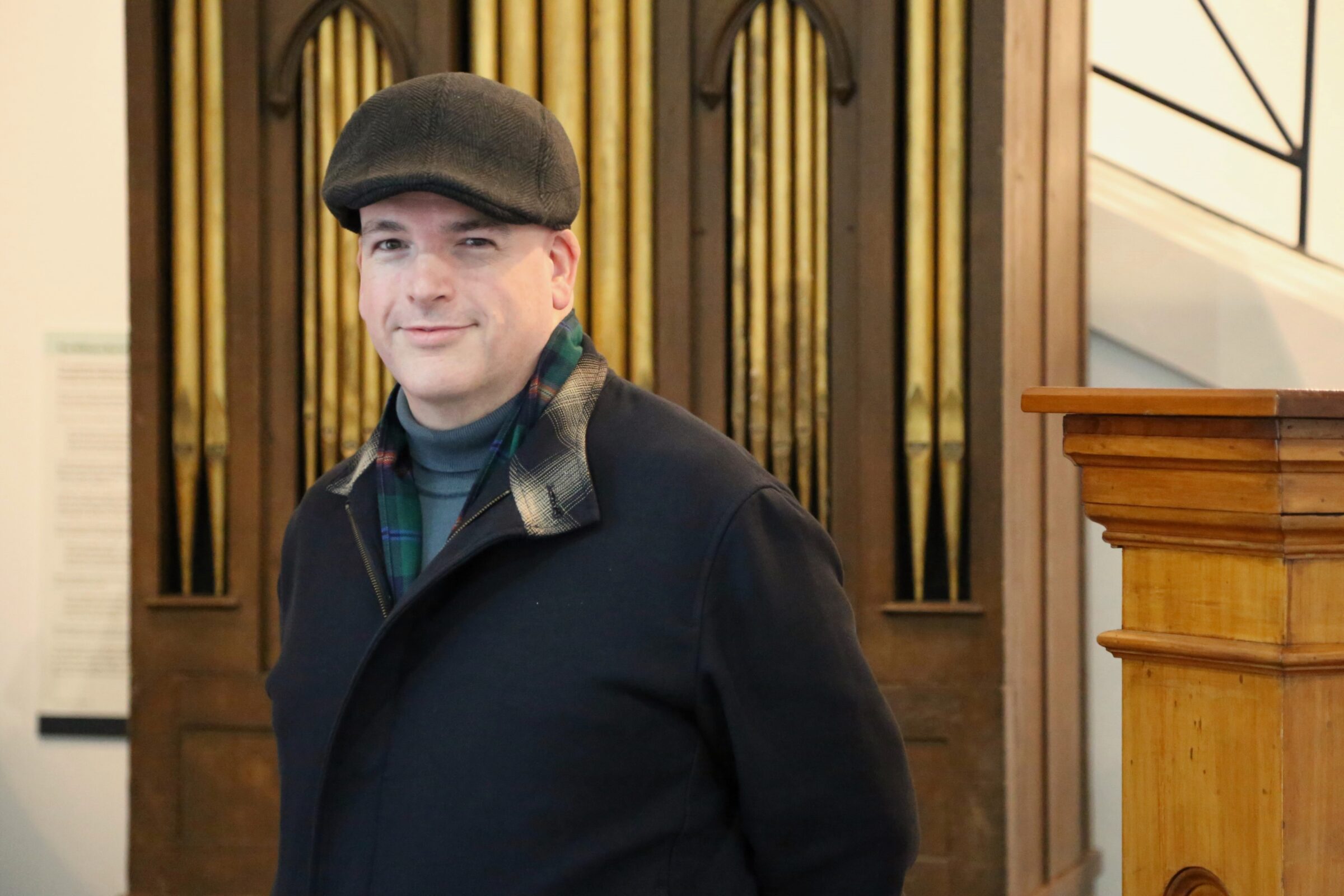Collection Stories
By Libby Sharpe
Dr Elizabeth Gunn set up the first children’s health camp in New Zealand at Lethbridge Farm in Turakina in 1919. Mr Lethbridge provided the land and built an office, cookhouse and toilet facilities to accommodate the camp. That first camp was home to 55 children, plus staff, for three weeks. More camps were established to improve the wellbeing of New Zealand children with health problems. By the 1930s, Gunn’s initiative had been taken up by a range of voluntary associations all over the country. Most children left the camps in much improved health, weight gain and suntan being the evidence of success at the time.
George Ross’s quote about his time as a boy at the Turakina Health Camp was published in the Wanganui Chronicle on 19 April 1994. “We weren’t allowed to run at the health camp as they were trying to fatten us up.”
Dr Gunn was the School Medical Service Officer in the Whanganui district. In 1917, she had travelled to England and observed open-air schools originally set up to cure or prevent tuberculosis in children. Treatment was simple. Children would get as much fresh air as possible, spending much of their day outside and often sleeping outside or in wards open to the weather to maximise the benefits of bracing air. The focus later shifted from tuberculosis to children’s health in general.
Back in Whanganui, Dr Gunn’s work in schools gave her access to unwell children, and she would recommend them for a stay at health camp. A former captain in the New Zealand Medical Corps during World War I, she ran the health camps on military lines with bugle-calls, marching and saluting the flag. The children slept in tents and were fed wholesome food such as vegetables, fruit and eggs, much of it donated by the local community. The children all had afternoon naps and set periods of sunbathing as part of their regimen. Armed with toothbrushes, they all underwent the famous toothbrush drill twice a day. This was a 25-step procedure led by a nurse. The children also attended school lessons, swam and played games.
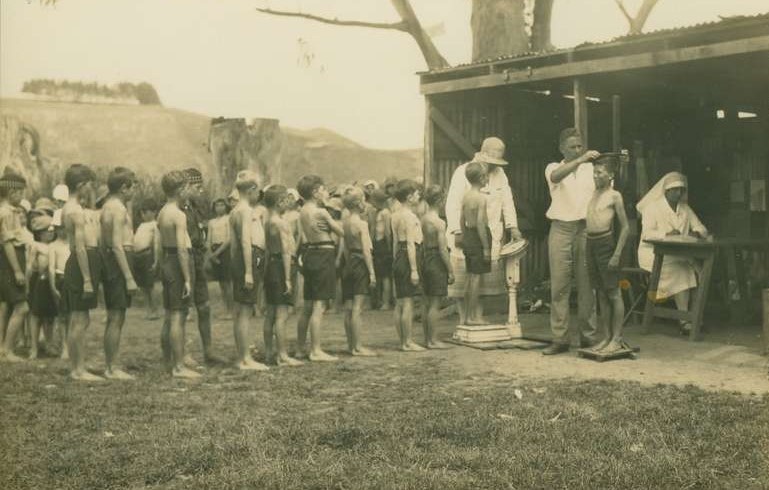
Photographed by Thomas Whetton.
WRM Collection 1805.428
Dr Gunn had a reputation for being abrupt and bossy towards children and their parents, many of whom were terrified of her. She had a habit of knocking out loose or decayed baby teeth with a spatula – no anaesthetic – but there is no doubt that she was hugely influential in improving the health of children who were at risk of disease such as tuberculosis or malnutrition. She believed that if children learned simple rules of health and nutrition, and were provided with rest and fresh air, they would be able to live active and healthy lives.
In 1937, the Wanganui Health Camp opened in Gonville. The former tea kiosk at Castlecliff Beach was moved onto land donated by the Hope-Gibbons family on the corner of Pūriri and Rimu Streets. Also known as the Gonville Health Camp, it came under state control, unlike former volunteer-run camps. Permanent health camps were set up in the 1940s and 1950s, the most well known in Ōtaki, Pakuranga (Auckland), Glenelg (Christchurch) and Roxburgh. Wanganui Health Camp had a short life, closing in 1941.
In 1951, Elizabeth Gunn was appointed MBE. In 1969, she was further honoured by the issue of a health stamp featuring her portrait, to commemorate the 50th Anniversary of her founding the Health Camp movement in 1919.
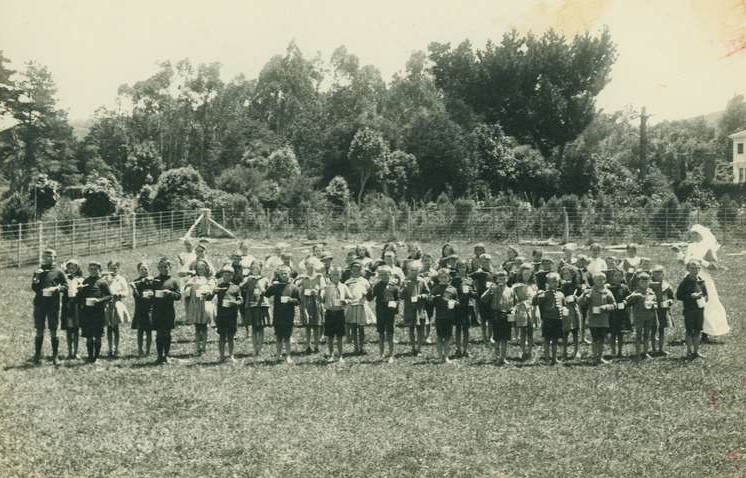
Photographed by Thomas Whetton.
WRM Collection1805.433
At the time of writing, Libby Sharpe was Pou Tiaki/Senior Curator at Whanganui Regional Museum.
This article was originally published in Whanganui Chronicle, January 2021.


